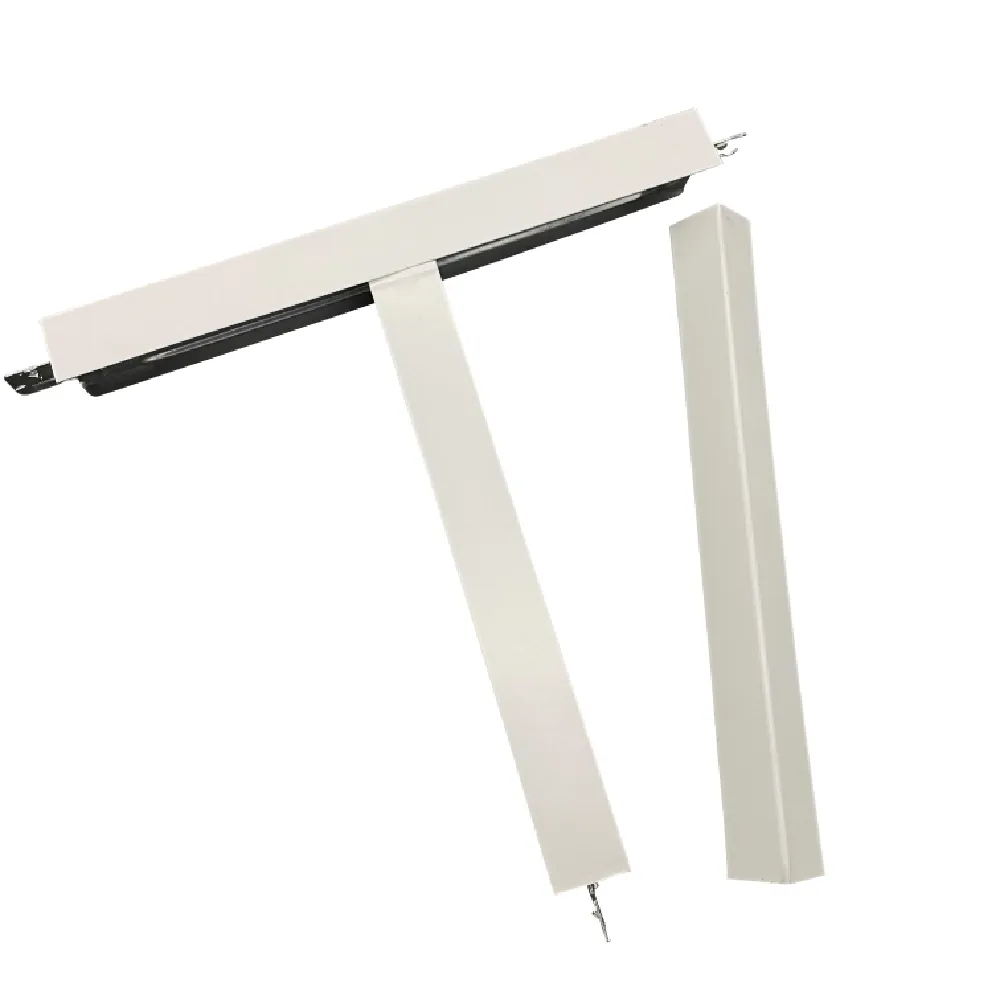- Afrikaans
- Albanian
- Amharic
- Arabic
- Armenian
- Azerbaijani
- Basque
- Belarusian
- Bengali
- Bosnian
- Bulgarian
- Catalan
- Cebuano
- Corsican
- Croatian
- Czech
- Danish
- Dutch
- English
- Esperanto
- Estonian
- French
- German
- Greek
- Hindi
- Indonesian
- irish
- Italian
- Japanese
- Korean
- Lao
- Malay
- Myanmar
- Norwegian
- Norwegian
- Polish
- Portuguese
- Romanian
- Russian
- Serbian
- Spanish
- Swedish
- Thai
- Turkish
- Ukrainian
- Uzbek
- Vietnamese
Noy . 22, 2024 01:21 Back to list
flush mount ceiling access panel
Understanding Flush Mount Ceiling Access Panels A Comprehensive Guide
As modern architecture continues to evolve, the need for both aesthetic appeal and practical functionality has become paramount. Among the various elements that contribute to a polished interior, flush mount ceiling access panels stand out for their seamless integration into ceilings, providing accessibility while maintaining an unobtrusive appearance. In this article, we will explore the benefits, features, and considerations related to flush mount ceiling access panels.
What is a Flush Mount Ceiling Access Panel?
A flush mount ceiling access panel is a type of access door designed to be installed into ceilings where aesthetics and functionality must coexist. Unlike traditional access panels that can disrupt the continuity of a ceiling line, flush mount panels are engineered to sit perfectly level with the surrounding surface. This design not only enhances the visual appeal of a room but also allows for easy access to the space above ceilings, which is often utilized for plumbing, electrical wiring, or HVAC systems.
Benefits of Flush Mount Ceiling Access Panels
1. Aesthetic Appeal One of the primary advantages of flush mount access panels is their ability to blend into the ceiling seamlessly. Available in various finishes and sizes, they can be painted or textured to match the surrounding ceiling surface, thereby preserving the overall design aesthetic of a room.
2. Easy Access These panels provide straightforward access to hidden utilities. In commercial settings, where maintenance of HVAC systems or electrical components is crucial, flush mount panels facilitate quick inspections and repairs, minimizing downtime.
3. Space-Saving Design Traditional access panels can protrude and clutter a ceiling's appearance, while flush mount options maintain a sleek profile, allowing for more effective use of ceiling space, especially in areas with lower heights.
4. Durability and Security Most flush mount panels are constructed from robust materials such as steel or aluminum, making them resistant to wear and tear. Many models also come with locking mechanisms, ensuring that only authorized personnel can access the areas above the ceiling.
Key Features to Consider
flush mount ceiling access panel

When selecting flush mount ceiling access panels, consider the following features
- Material Panels can be made from various materials, including steel, aluminum, and plastic. Each material offers different levels of durability, insulation, and aesthetic appeal.
- Size and Accessibility The size of the panel should correspond to the utilities it will provide access to. It’s essential to choose a panel that allows for adequate space to reach and perform maintenance on equipment.
- Frame Type Flush mount panels can have different frame types, including concealed hinges or snap-on designs. The choice of frame will impact both the ease of access and the panel's overall appearance.
- Finish Options Depending on the design requirements, panels can come in primer finishes for painting or pre-finished options for immediate installation.
Installation Considerations
Installing a flush mount ceiling access panel requires careful planning to ensure it fits seamlessly into the surrounding area. The installation process typically involves cutting a square or rectangular opening in the ceiling drywall, framing the area appropriately, and then securing the panel in place. It’s advisable to consult or hire a professional to ensure accurate measurements and a flawless finish during installation.
Conclusion
Flush mount ceiling access panels offer a refined solution for maintaining both access and aesthetics in modern spaces. With their myriad benefits, including visual appeal, easy access to utilities, and durability, they have become a preferred choice for architects and builders alike. When selecting a flush mount panel, consider the material, size, frame type, and finish to ensure you choose the right product for your needs. Emphasizing both functionality and style, flush mount ceiling access panels prove that practicality and elegance can indeed coexist in the architectural design landscape.
-
Transform Interiors with PVC Gypsum Ceiling: A Stylish, Durable, and Moisture-Resistant SolutionNewsMay.19,2025
-
The Smart Interior Upgrade: Discover the Durability and Versatility of Gypsum Ceiling Access Panel SolutionsNewsMay.19,2025
-
The Smart Choice for Interior Design: Discover the Value of PVC Gypsum Ceiling SolutionsNewsMay.19,2025
-
Mineral Fiber Ceiling Tiles: The Smart Blend of Performance and AestheticsNewsMay.19,2025
-
Mineral Fiber Ceiling Tiles: The Superior Choice Over Gypsum for Sound and Fire SafetyNewsMay.19,2025
-
Mineral Fiber Ceiling Tiles: Eco-Friendly Strength and Style for Every CeilingNewsMay.19,2025







